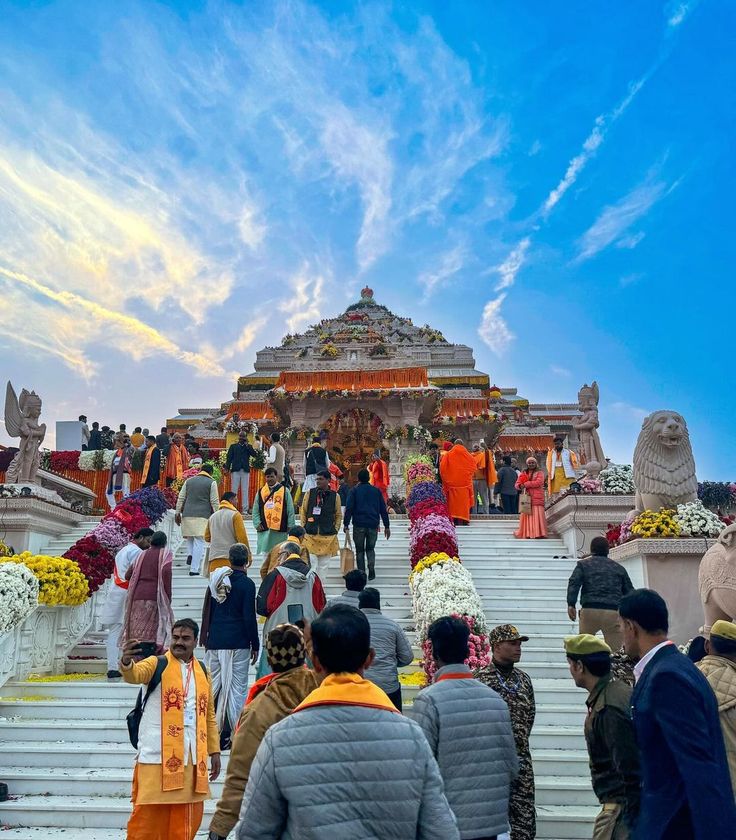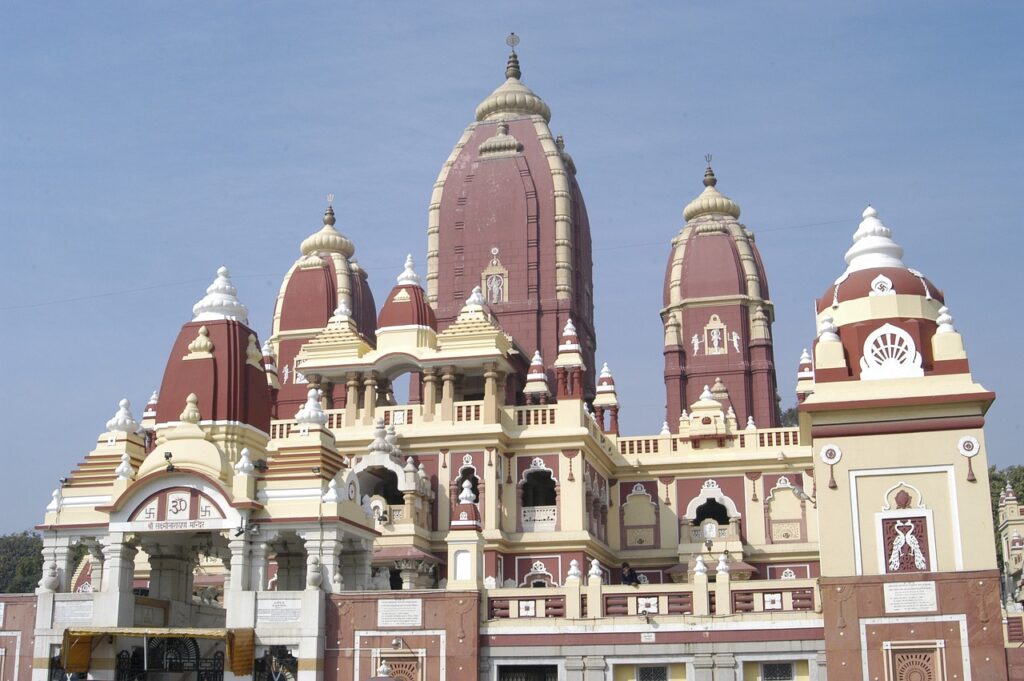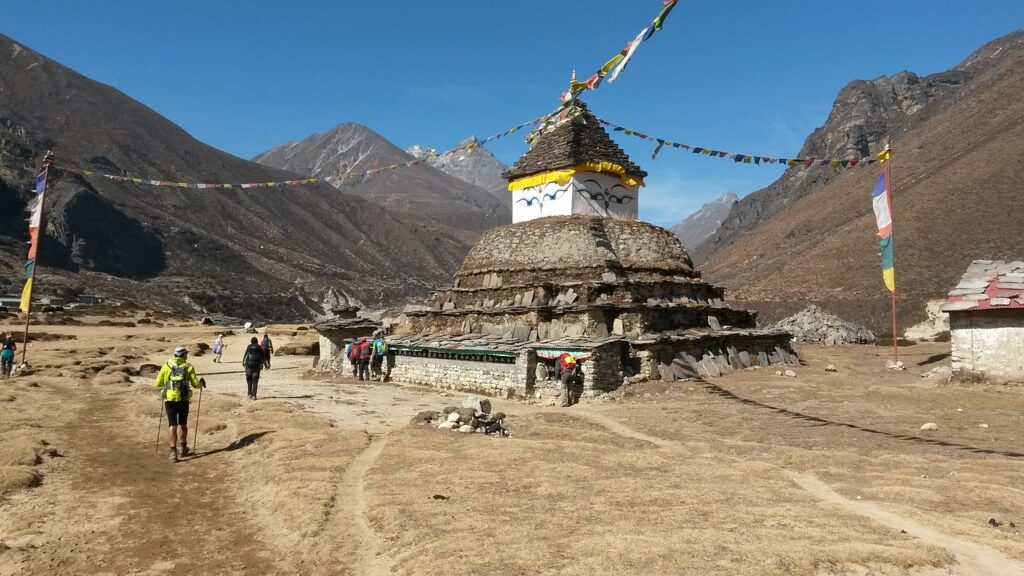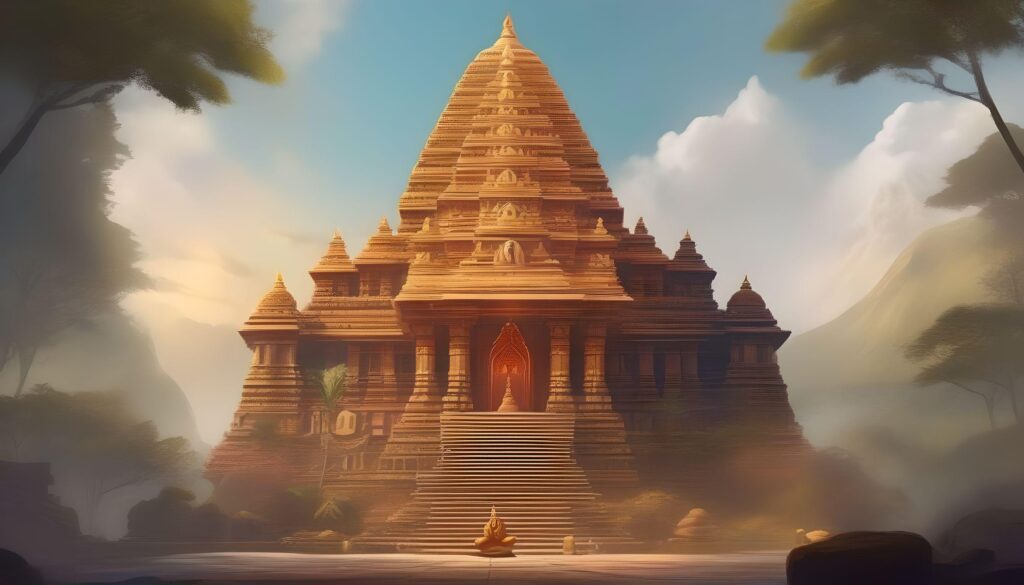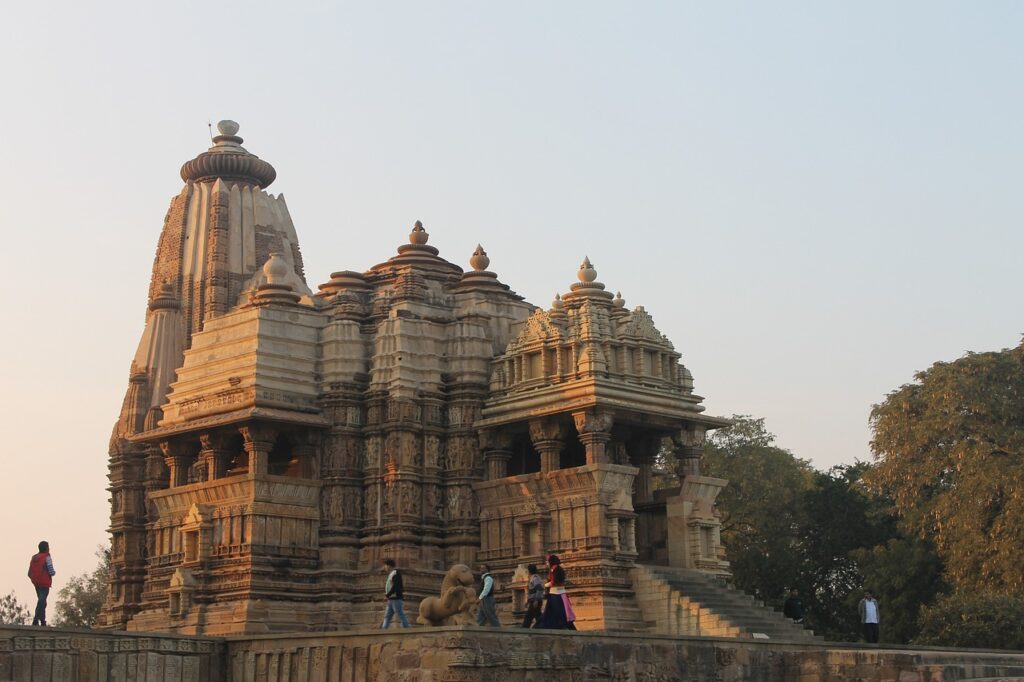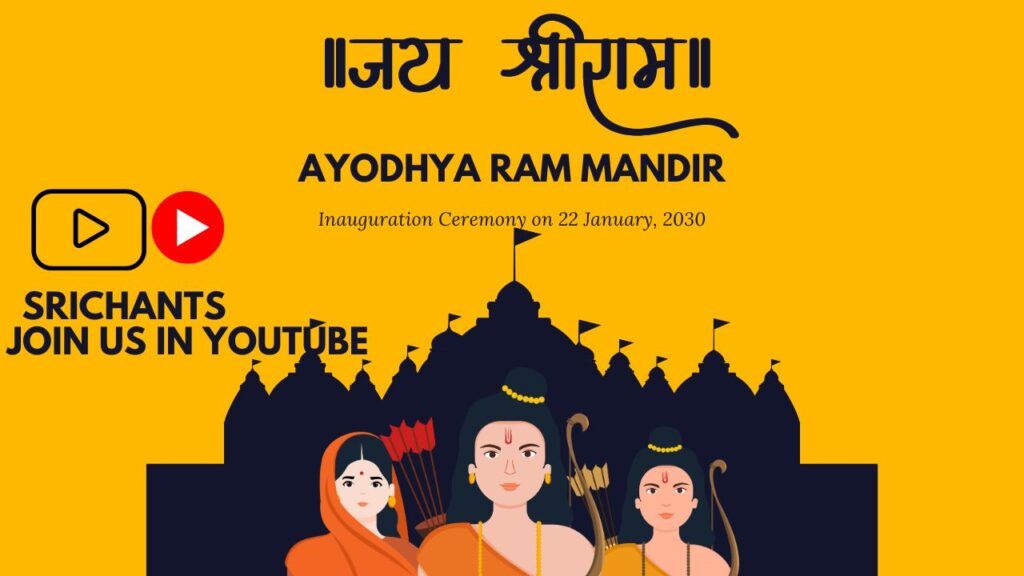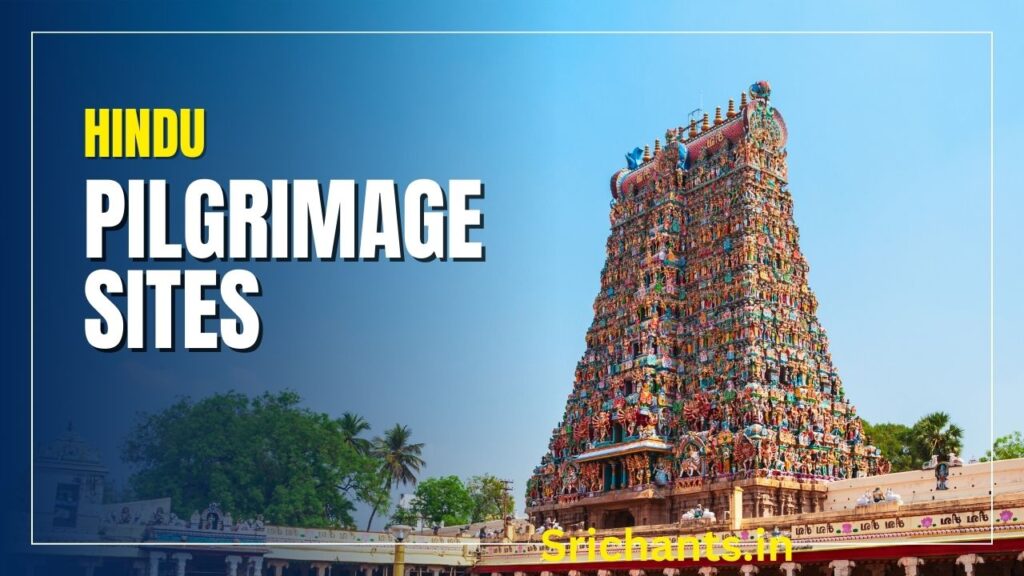Ayodhya Mandir and Its Importance
Introduction
Mostly Hindus, Ayodhya is a city with great meaning for millions of people. Hindu mythology major character Lord Rama is supposedly born here. Dedicated to Lord Rama, the Ayodhya Mandir—also called Ram Mandir—is a monument of devotion, allegiance, and cultural pride. This blog post will go over the significance of the Ayodhya Mandir as well as the need of Ram mantras in Hindu devotion.
Ayodhya: City
Found in Uttar Pradesh, a northern Indian state, Ayodhya is a historic city. In Hinduism, it ranks among the seven most holy towns. Said to have been founded by King Dasharatha, Lord Rama’s father, Ayodhya—meaning “unconquerable—is Rich in history and referenced in several ancient literature including the Ramayana, the city is immersed in
The Ramayana is an epic poem, following Lord Rama, his wife Sita, and his devoted friend Hanuman. It teaches morality including obligation, honor, and rightfulness. The lessons of the Ramayana, which remain relevant today, inspire millions of people all throughout the world.
The Ram Mandir
Usually called Ram Mandir, the Ayodhya Mandir is dedicated to Lord Rama. Constructed on the supposed birthplace of him is Attracting millions of Hindus yearly, the temple is a main pilgrimage site.
Historical Background
The Ram Mandir boasts a complex background full of dedication and strife. For millennia, the area has brought strife between Muslim and Hindu inhabitants. Built in the sixteenth century, the Babri Masjid is in the same location. This mosque came to reflect theological conflict.
Legal actions for a temple at the site first surfaced in the 19th century. The disputes among the villages got more fierce over years. After demolishing the Babri Masjid in 1992, Hindu radicals set off widespread riots and destruction all throughout India.
Years of process followed by intervention by the Indian Supreme Court resulted in a decision supporting the construction of the Ram Mandir in 2019. For many Hindus, this ruling was historic and marked the beginning of a new chapter in Ayodhya’s history.
The Significance of the Ram Mandir
More than it is a temple, the Ram Mandir stands for resiliency and faith. The temple represents for many Hindus the triumph of good against evil. Devotees gather here to pray, seek blessings, and connect with their spiritual roots.
Architectural inspiration for the Ram Mandir comes from ancient Indian temple building. It boasts minute carvings, great sculptures, and strong spires. The temple is supposed to be a place of peace and dedication, hence it welcomes everyone from all walks of life to come and pray.
The Importance of Ram Mantras
Hindu mantras are cherished sounds, words, or phrases supposed to possess spiritual power. They are part of prayers, meditation, and ceremonies when one calls divine benefits. More specifically, songs glorifying Lord Rama—strong weapons for spiritual development and connection—are called mantras.
Benefits of Chanting Ram Mantras
- Spiritual Connection: Chanting Ram mantras helps devotees connect with Lord Rama on a deeper level. It creates a sense of closeness and devotion.
- Peace of Mind: The rhythmic repetition of mantras can calm the mind. It helps reduce stress and anxiety, promoting inner peace.
- Focus and Concentration: Chanting requires focus, which can improve concentration. This practice helps devotees become more mindful in their daily lives.
- Positive Energy: Mantras are believed to generate positive vibrations. They can uplift the spirit and create an atmosphere of joy and harmony.
- Protection and Blessings: Many devotees believe that chanting Ram mantras offers protection from negative energies. It is a way to seek Lord Rama’s blessings for health, success, and happiness.
Popular Ram Mantras
Several Ram mantras are commonly chanted by devotees. Here are a few of the most popular ones:
- Ram Jay Ram Jay Jay Ram: This is a simple yet powerful mantra. It translates to “Hail Lord Rama.” Chanting this mantra brings peace and positivity.
- Shri Ramaya Namah: This mantra means “Salutations to Lord Rama.” It is often used in prayers and rituals to honor Lord Rama.
- Rama Raksha Stotra: This is a longer mantra that offers protection. It is a hymn that praises Lord Rama and seeks his blessings for safety and security.
- Hanuman Chalisa: While this mantra is dedicated to Lord Hanuman, it also includes references to Lord Rama. It is a popular chant that emphasizes devotion and strength.
How to Chant Ram Mantras
Chanting Ram mantras can be a simple yet profound practice. Here are some tips for chanting effectively:
- Choose a Quiet Space: Find a calm and peaceful environment where you can concentrate. This could be a room in your home or a quiet spot in nature.
- Set an Intention: Before you start chanting, set a clear intention. This could be seeking blessings, finding peace, or expressing gratitude.
- Use a Mala: A mala is a string of beads used to keep count while chanting. It can help you focus and maintain your rhythm.
- Start Slowly: If you are new to chanting, start slowly. Focus on pronunciation and gradually increase your speed as you become more comfortable.
- Be Consistent: Regular practice is key. Try to set aside time each day for chanting. Consistency will deepen your connection with the mantras.
The Role of Rituals in Worship
In addition to chanting mantras, rituals play a vital role in worship at the Ayodhya Mandir. Rituals help create a sacred space for devotees and enhance the spiritual experience.
Common Rituals at the Ram Mandir
- Abhishek: This is a ritual of pouring water, milk, or other sacred substances over the idol of Lord Rama. It is a way to show reverence and devotion.
- Aarti: Aarti is a ritual of waving a lighted lamp in front of the deity while singing praises. Devotees join together to sing and offer their prayers.
- Offerings: Devotees bring flowers, fruits, and sweets as offerings to Lord Rama. These offerings symbolize devotion and gratitude.
- Kirtan: Kirtan involves singing devotional songs and bhajans in praise of Lord Rama. It creates a joyful atmosphere and fosters a sense of community among devotees.
- Prasad: After the rituals, the food offered to Lord Rama is distributed among the devotees as prasad. Eating prasad is considered a blessing and a way to share divine grace.
Ayodhya Mandir Right Right Now
Today’s crowded location of prayer is the Ayodhya Mandir. Once the Supreme Court approved of the temple, building is under progress. The temple structure is designed to welcome large numbers of followers and guests.
Prospect Prospect Future
Attracting tourists from all around the world, the Ayodhya Mandir is projected to become a major pilgrimage destination. Plans for government development of the nearby area seek to improve infrastructure and boost tourism. This covers better routes, accommodation, and amenities for the pilgrims.
The temple also tries to emphasize cultural inheritance by means of educational activities and displays. It will serve as the hub of information on Lord Rama’s teachings as well as the rich Hindu rituals.
union and community
The Ram Mandir could bind people together. People from many backgrounds gather here to seek blessings, study Hinduism, and forward peace. Love and dedication have an attitude that cuts across differences and guides everyone to feel together.
Conclusion
Apart from a temple, the Ayodhya Mandir stands for faith, hope, and cultural pride. Constructing the temple stands for the persistence of millions of people who value Lord Rama highly.
The mantras define a great part of our spiritual journey. They give devotees a way to contact Lord Rama, solicit favors, and find peace. The rituals conducted in the temple enhance the experience of dedication and serve to strengthen group feeling.
As it keeps growing, the Ayodhya Mandir points up a better future for Ayodhya and its people. It is proof of both the need of preserving cultural inheritance and the ongoing strength of faith. May everyone who enters this hallowed spot find peace, inspiration, and a greater relationship to their spiritual self.
